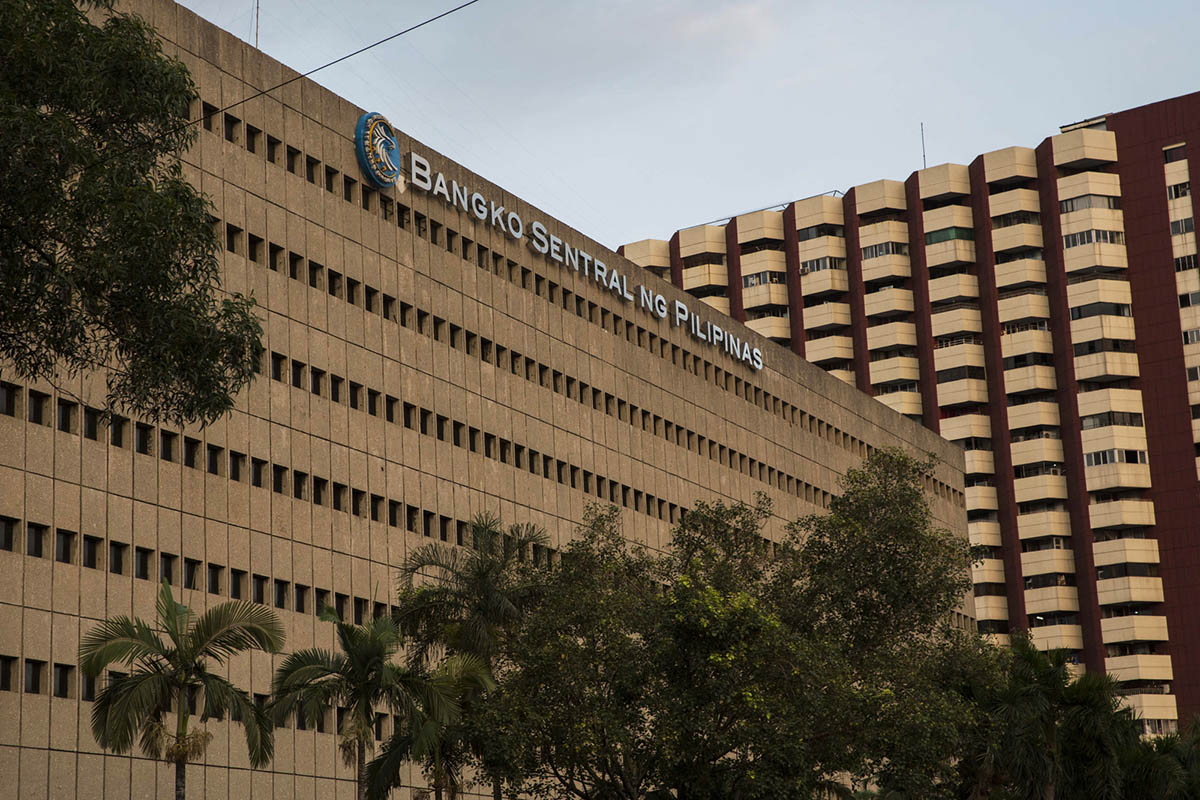The Philippine central bank is beefing up its data tools to get a better handle on a fast-growing economy, which is starting to flash warning signs because of a rapid buildup of debt.
Like central banks across Southeast Asia, Bangko Sentral ng Pilipinas is pushing to capture information from “big data,” drawn from sources such as online search engines, job websites and proprietary registers. It’s still a new area of exploration for officials, who can use the tools to get a real-time picture of the economy, helping them improve policy making.
“We’re still rookies,” Zeno Abenoja, a director at the central bank, said in an interview in Manila on the 9th of January. “We’re starting with manageable projects. We are building our capacity to analyze, take advantage of big data to take the pulse of the economy.”
In focus is the financial health of companies outside of the banking industry. The central bank is working with government agencies like the Securities and Exchange Commission to sift financial statements of listed non-financial companies, Abenoja said.
“We want to see how healthy their balance sheets are," he said. “Are there any trends we can see, in terms of their assets, their liabilities, how they fund themselves. It’s a matter of getting the pulse.”
The Southeast Asian economy expanded rapidly last year, posting year-on-year growth of more than 6 percent in each of the first three quarters as the government ramped up spending on infrastructure projects. While the central bank has downplayed risks of an overheating economy, credit growth has surged as consumers and businesses take advantage of low interest rates.
Total debt of listed companies more than trebled to US$135 billion in the eight years through 2017, according to data compiled by Bloomberg.
The central bank is also building a sentiment index based on how often key economic words appear together in news reports, he said. It’s also looking at expanding big data sources to real estate, job websites and online shopping, he said.
“Our big data efforts accelerated in the past two years especially with more exposure and training,” he said. “This will give us an idea on what lies ahead, forecasting, while another use could be vulnerability analysis. There are a lot of possibilities.”
Central banks around the world are embracing big data to help monitor potential risks and provide deeper insight into their economies. In Indonesia, for example, the central bank tracks social media and news sites before any policy decision to gauge rate expectations. In Thailand, where the low official unemployment rate may not be a reliable measure of the labor market, the central bank is building its own employment index. – Bloomberg
Recommended stories:
